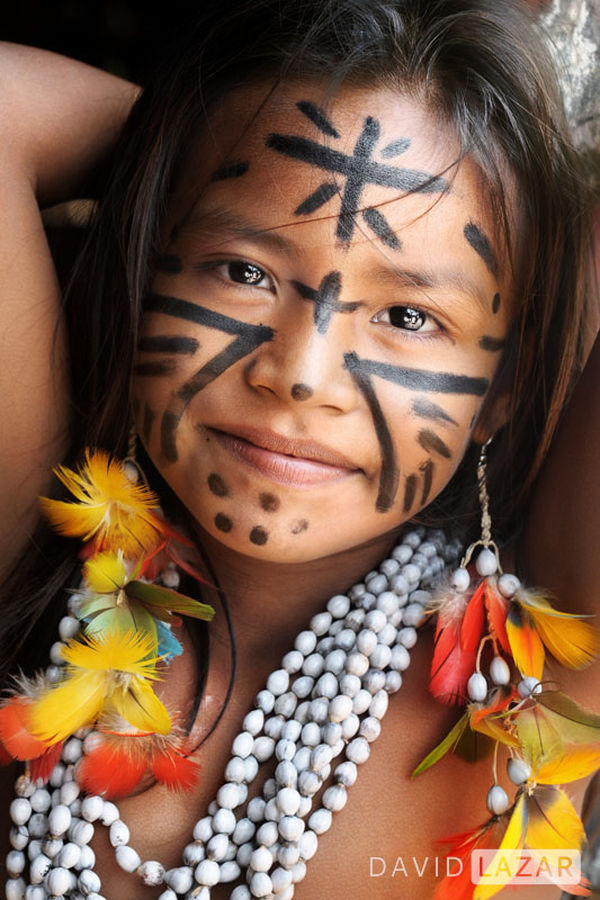

Sentinel-like behaviour could also be achieved through variation in sleep timing, periodic awakenings, and periods of time spent in lighter stages of sleep, from which arousals would be more likely in the context of external threatening stimuli. In a group situation, vigilance behaviour could be achieved through behavioural mechanisms to ensure that some individuals serve as sentinels while others sleep. 130): ‘Man and other animals have learned that under conditions of danger it is safe to sleep only if sentinels are employed to remain vigilant….’ He further proposed that periodic awakenings associated with shifts between NREM and REM sleep served the purpose of providing individuals with scan samples of their environments. In 1966, Frederick Snyder proposed the sentinel hypothesis (p. Chronotype variation and human sleep architecture (including nocturnal awakenings) in modern populations may therefore represent a legacy of natural selection acting in the past to reduce the dangers of sleep. We propose that throughout human evolution, sleeping groups composed of mixed age classes provided a form of vigilance. Thus, asynchronous periods of wakefulness provide an opportunity for vigilance when sleeping in groups. We show that this asynchrony in activity levels is produced by chronotype variation, and that chronotype covaries with age. Using actigraphy, we discovered that all subjects were simultaneously scored as asleep for only 18 min in total over 20 days of observation, with a median of eight individuals awake throughout the night-time period thus, one or more individuals was awake (or in light stages of sleep) during 99.8% of sampled epochs between when the first person went to sleep and the last person awoke. To investigate sentinel-like behaviour in sleeping humans, we investigated activity patterns at night among Hadza hunter–gatherers of Tanzania.

To reduce the risks of sleeping, the sentinel hypothesis proposes that group-living animals share the task of vigilance during sleep, with some individuals sleeping while others are awake.

Sleep is essential for survival, yet it also represents a time of extreme vulnerability to predation, hostile conspecifics and environmental dangers.


 0 kommentar(er)
0 kommentar(er)
